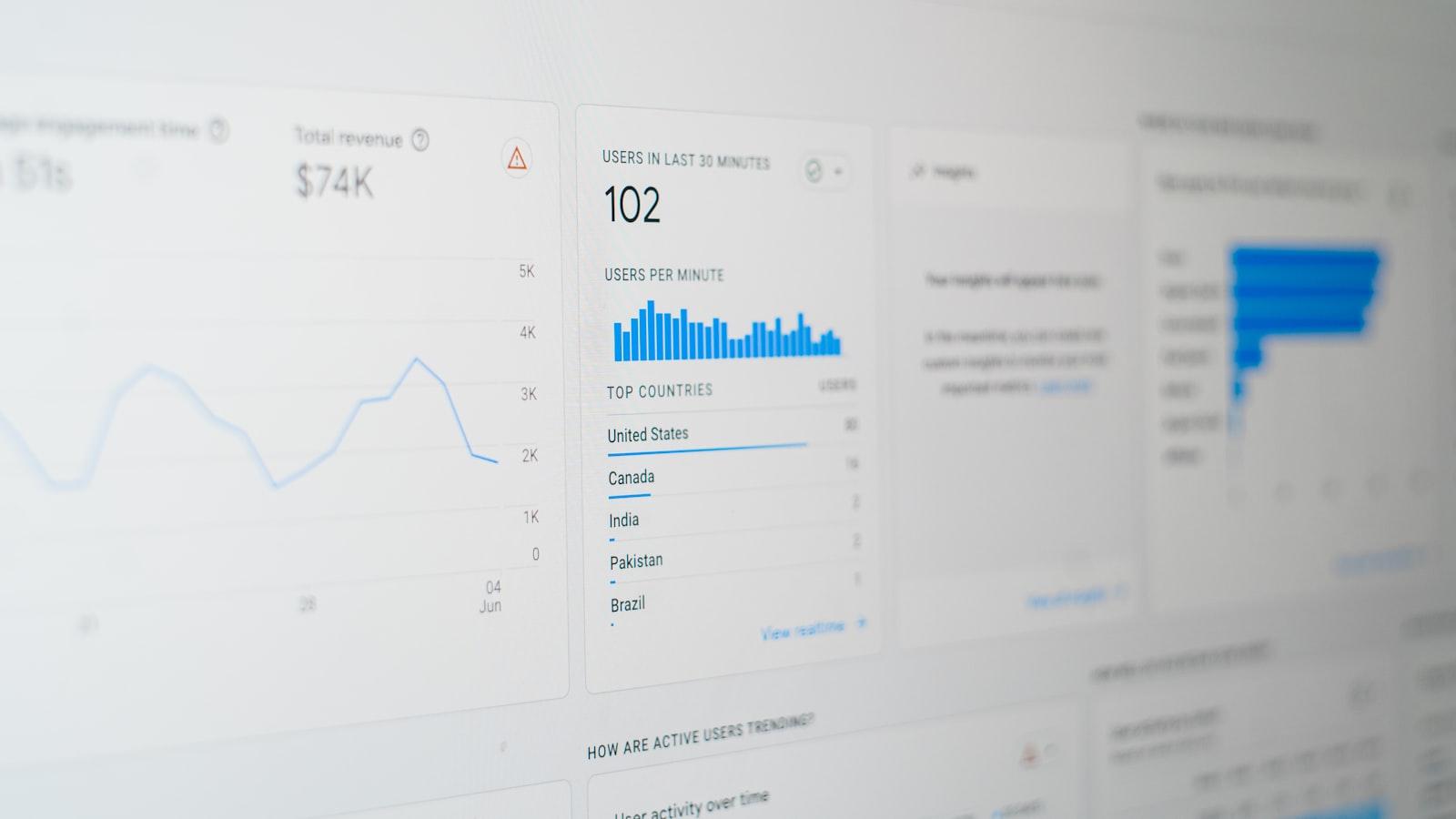In the fast-paced world of technology, the ability to conduct machine learning tasks remotely has become a game-changer for many professionals. With the powerful combination of Docker and Windows Subsystem for Linux version 2 (WSL2), individuals can now harness the full potential of machine learning from anywhere in the world. Let’s dive into the exciting realm of remote machine learning on Windows, where boundaries are blurred and possibilities are endless.
Setting up Docker and WSL2 on Windows for remote machine learning
Setting up Docker and WSL2 on Windows opens up a world of possibilities for remote machine learning. With the power of these tools combined, you can seamlessly build, deploy, and manage machine learning models from anywhere, enabling you to work efficiently and effectively in a distributed computing environment.
By leveraging the flexibility and scalability of Docker containers within the WSL2 environment, you can ensure consistent development and deployment of your machine learning projects. This setup allows you to easily package your code, dependencies, and configurations into portable containers, making it straightforward to deploy your models on remote servers without worrying about compatibility issues.

Utilizing the power of Docker for seamless deployment of machine learning models
With the increasing popularity of machine learning, the need for efficient deployment of models has become paramount. Docker provides a seamless solution for deploying machine learning models in a consistent and reliable manner. By utilizing the power of Docker, data scientists and developers can easily package their models along with all necessary dependencies into a Docker container, ensuring that their models run consistently across different environments.
One of the greatest advantages of using Docker for deploying machine learning models is the ability to run them on Windows machines with the help of WSL2. This enables remote machine learning, allowing users to access and run their models from anywhere, regardless of the operating system they are using. By leveraging Docker and WSL2, data scientists can streamline their workflow and collaborate with team members more effectively. Additionally, Docker’s containerization technology ensures that models run in a secure and isolated environment, minimizing potential conflicts with other software installations.

Optimizing workflow with WSL2 integration for efficient remote development
By harnessing the power of WSL2 integration for remote development, users can streamline their workflow and improve efficiency when working on machine learning projects. With the ability to seamlessly run Docker containers on Windows, developers can easily set up their development environment, deploy models, and collaborate with team members from anywhere in the world.
WSL2 integration eliminates the need for dual-booting or virtual machines, allowing users to run Linux tools and workflows natively on Windows. This enables smooth integration with popular frameworks like TensorFlow and PyTorch for seamless machine learning tasks. With the flexibility and power of Docker combined with the convenience of WSL2, developers can take their remote machine learning projects to the next level.

Enhancing security protocols for remote machine learning projects
When it comes to remote machine learning projects, security is paramount. By implementing Docker and WSL2 on Windows, you can enhance your security protocols and work on your machine learning tasks from anywhere with peace of mind.
With Docker, you can isolate your machine learning environment, ensuring that your project stays secure from external threats. WSL2 provides a seamless integration between Windows and Linux, allowing you to access powerful tools and resources for your machine learning projects. By combining these two technologies, you can boost the security of your remote machine learning endeavors and focus on building innovative models without worrying about potential security breaches.
Future Outlook
In conclusion, the combination of Docker and WSL2 on Windows provides a seamless and efficient platform for remote machine learning. With the ability to work from anywhere, the possibilities are endless for developers and data scientists looking to harness the power of machine learning. By following the steps outlined in this article, you can easily set up your remote environment and start tackling complex projects with ease. So why wait? Dive into the world of remote machine learning today and unlock new opportunities in the ever-evolving field of AI.